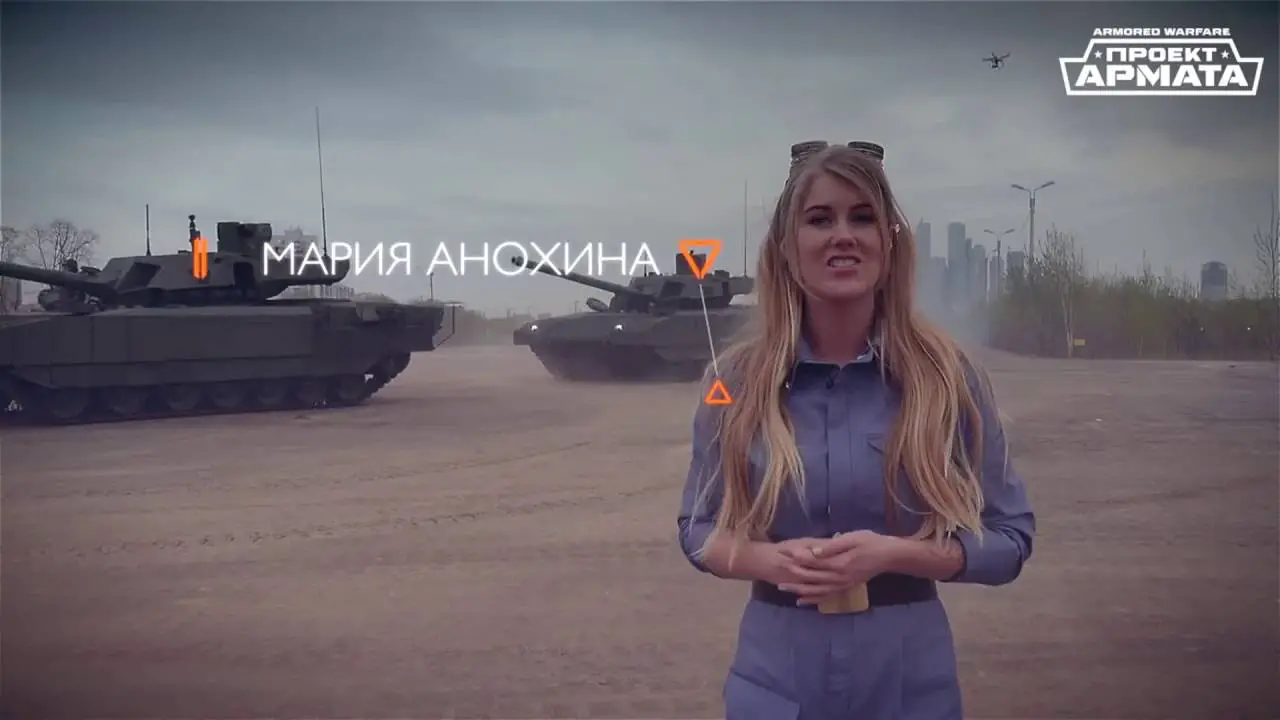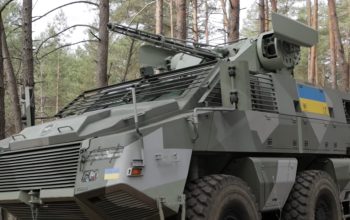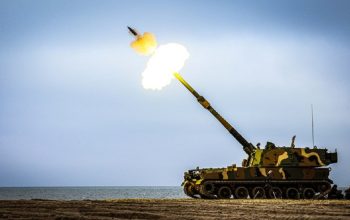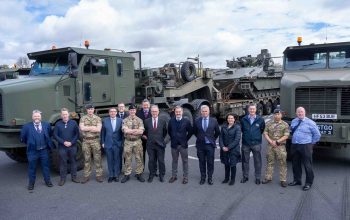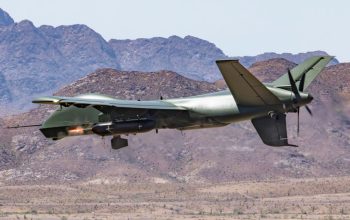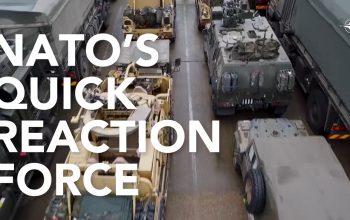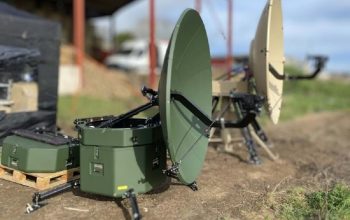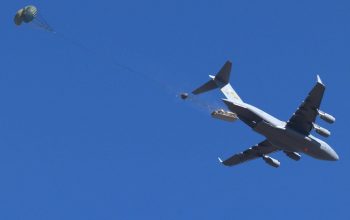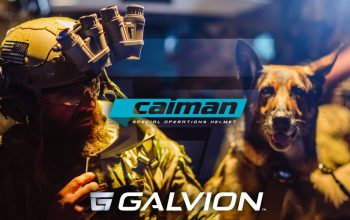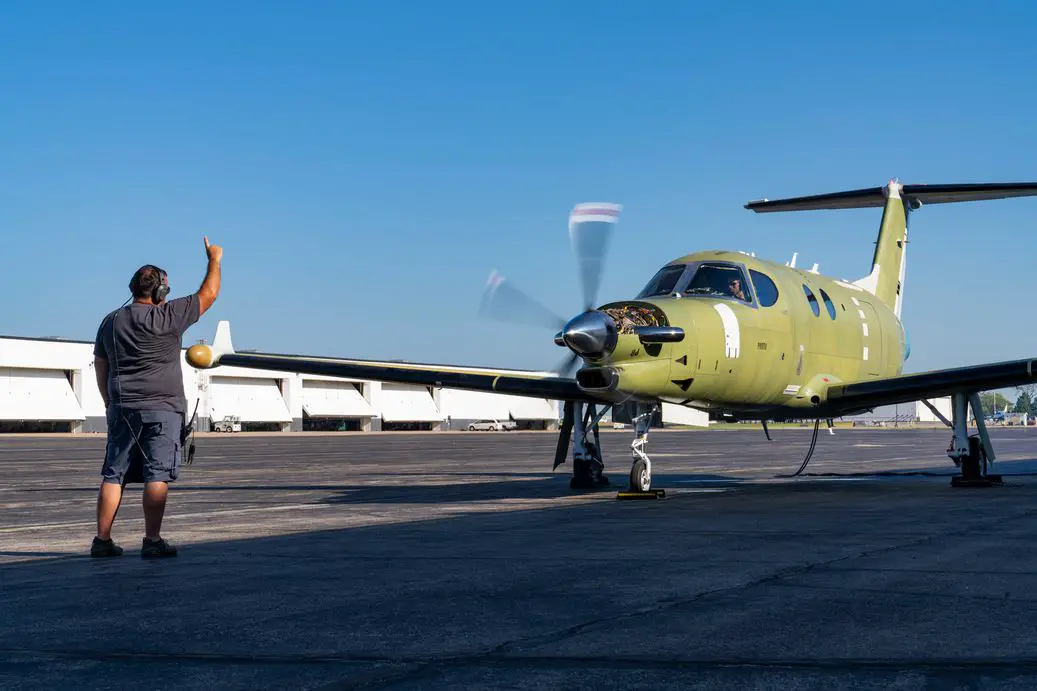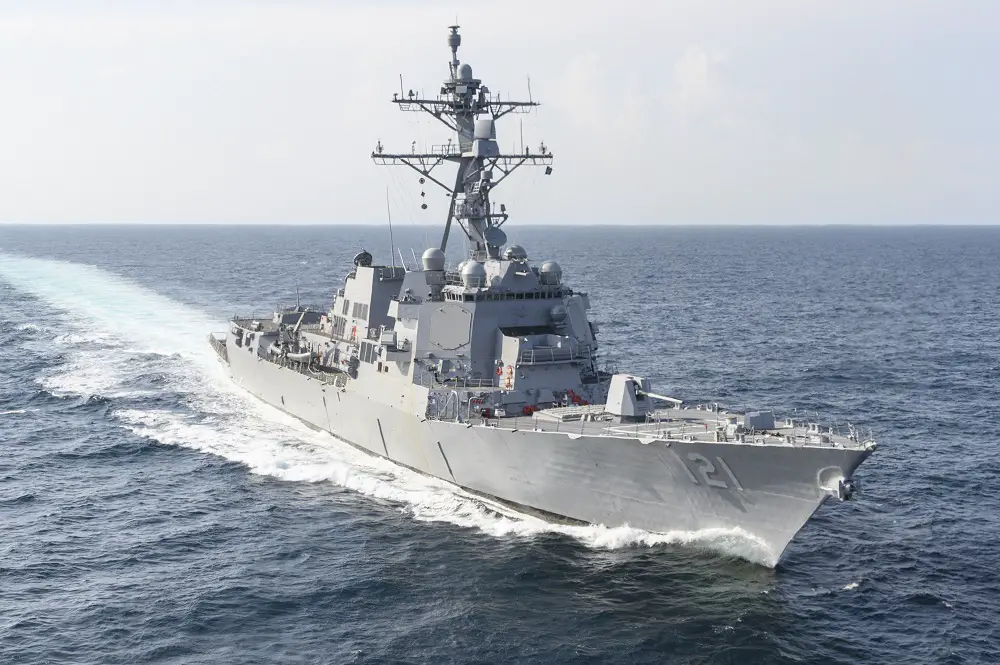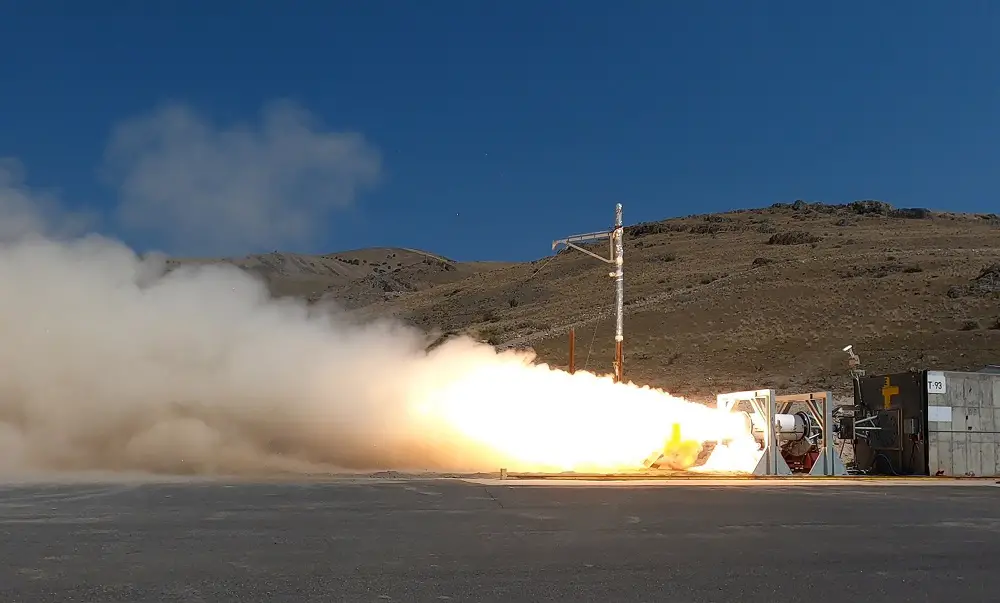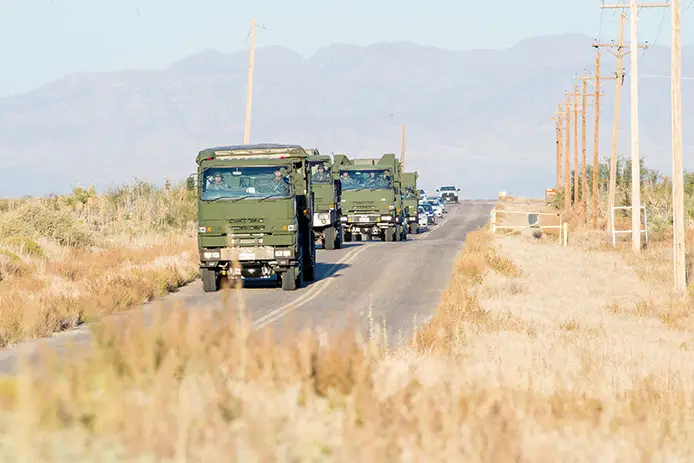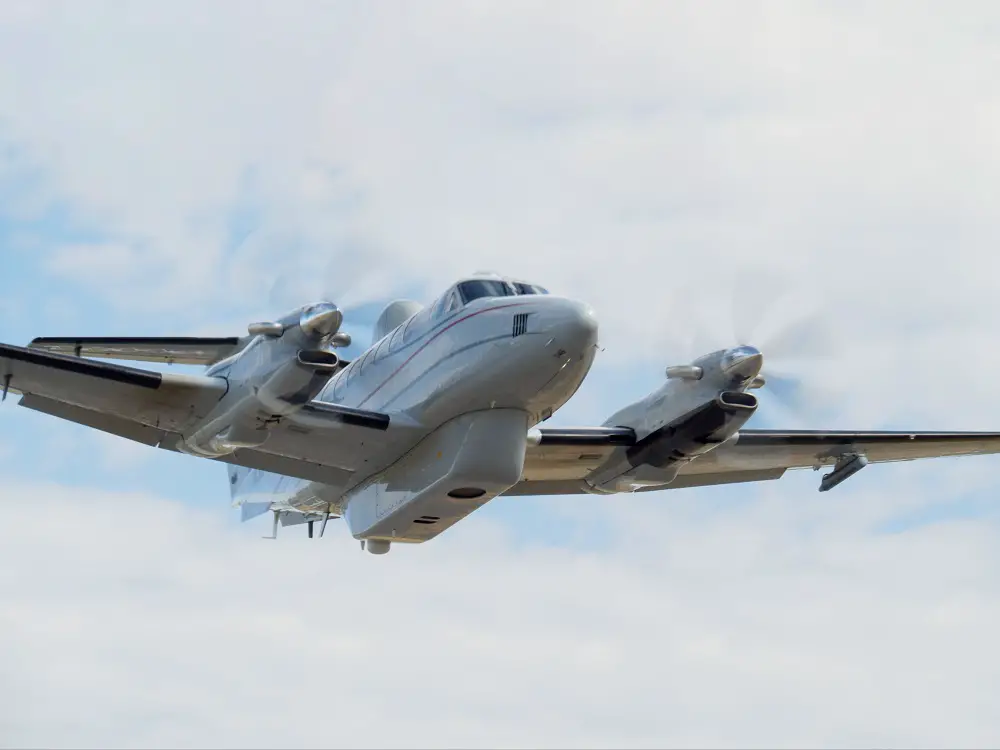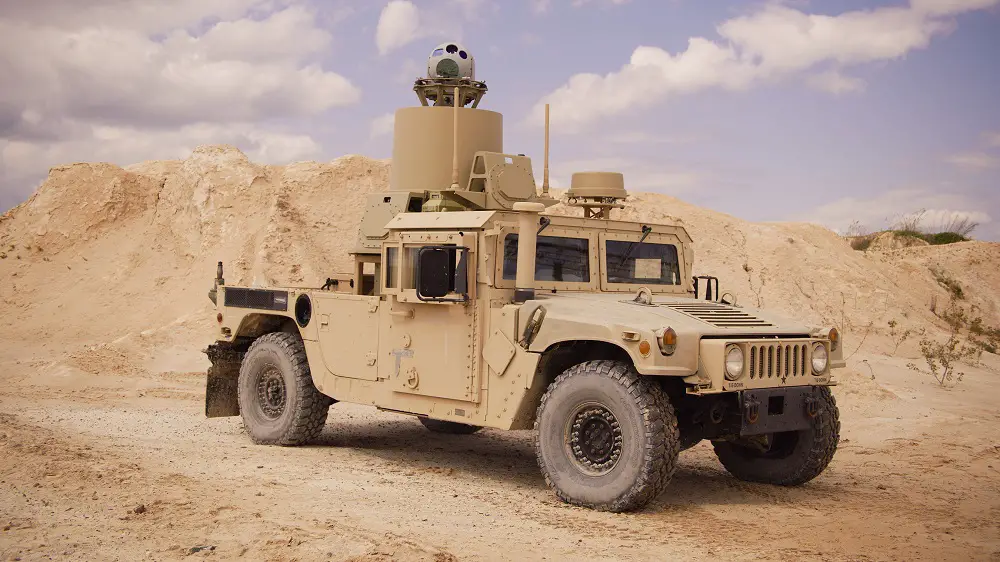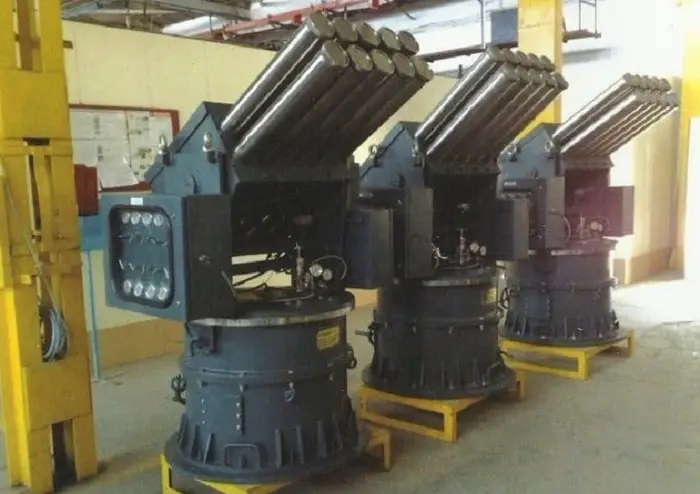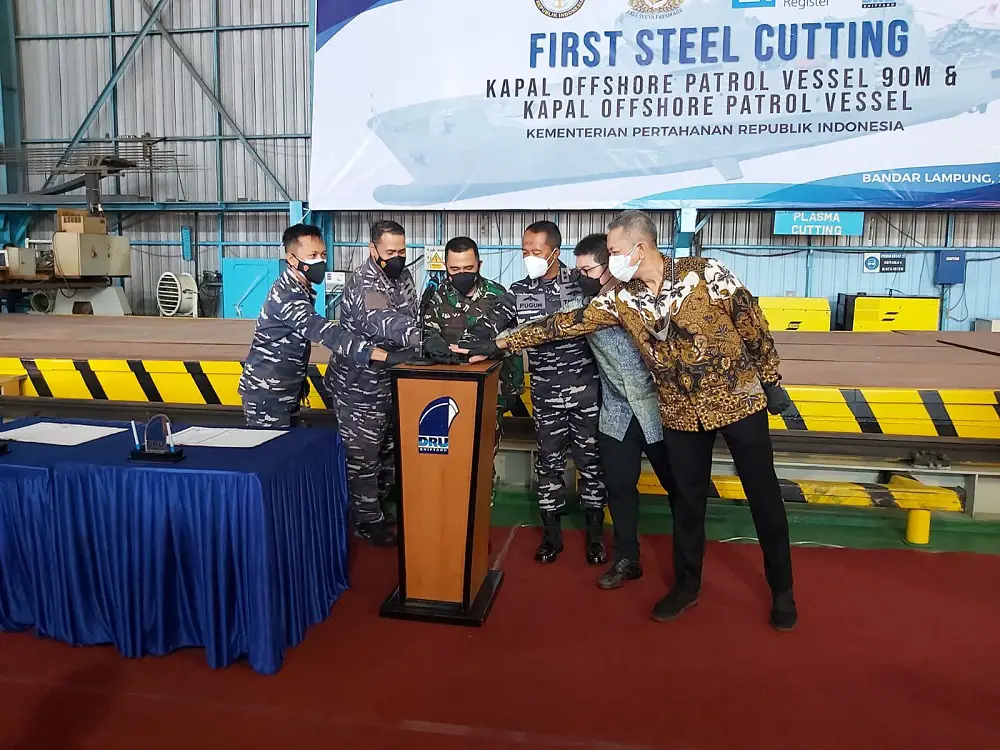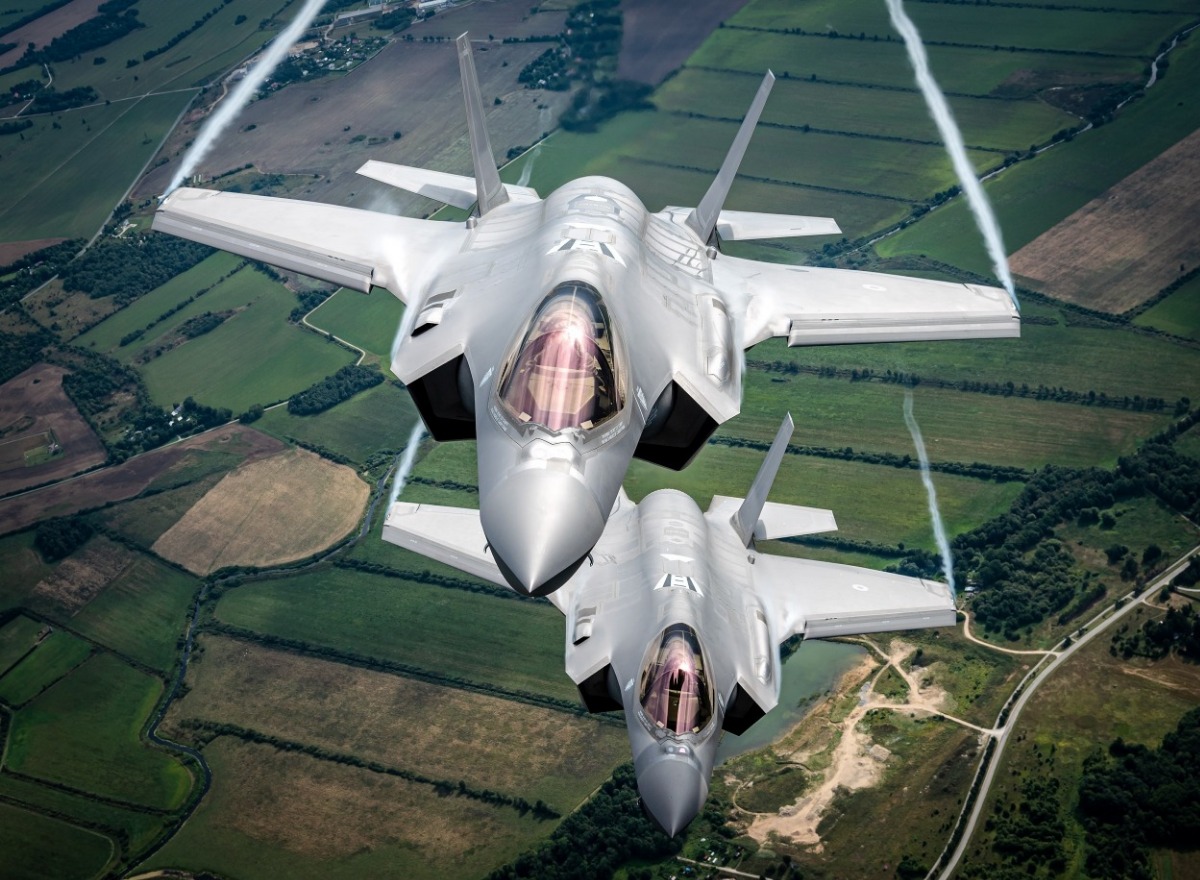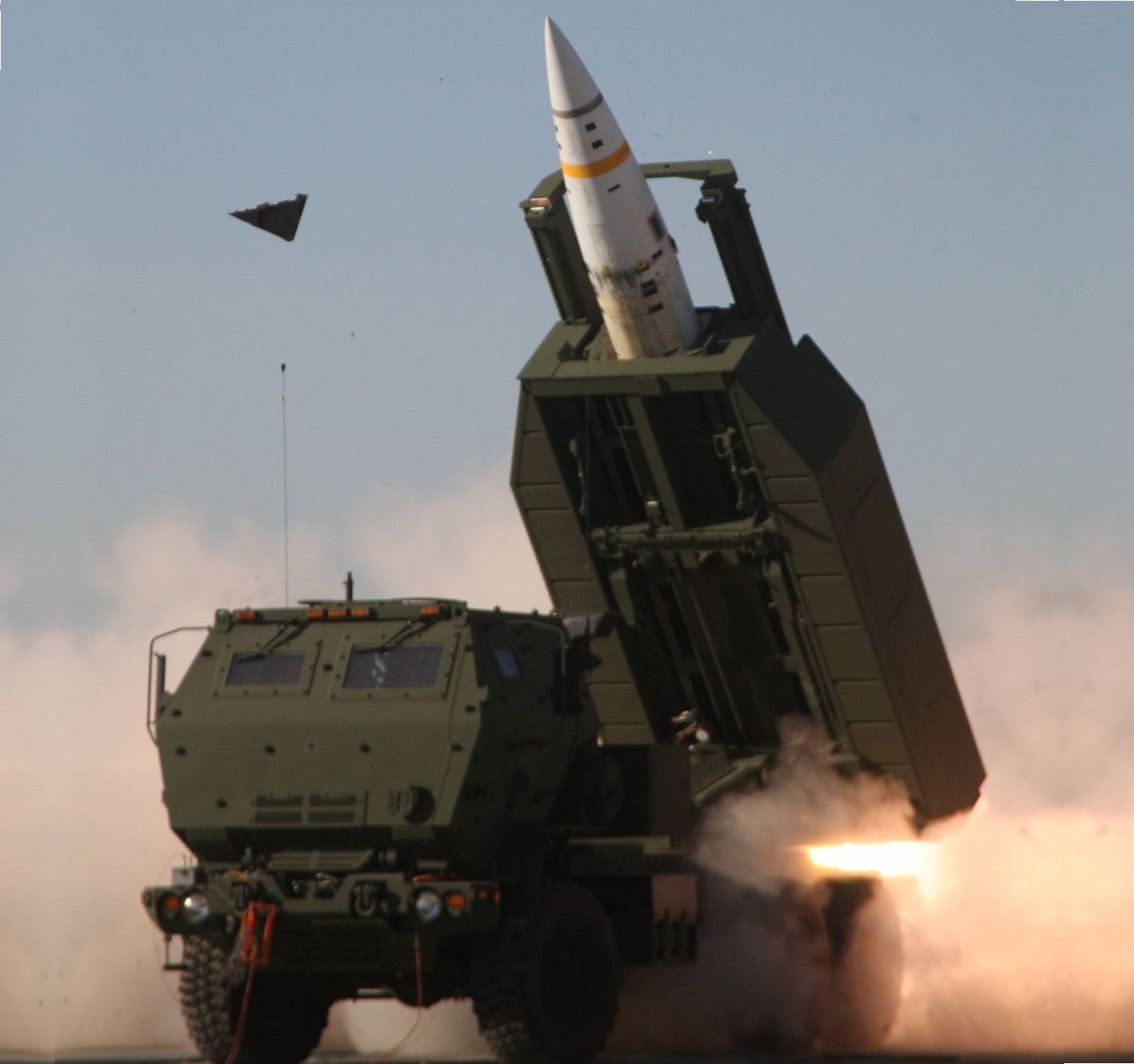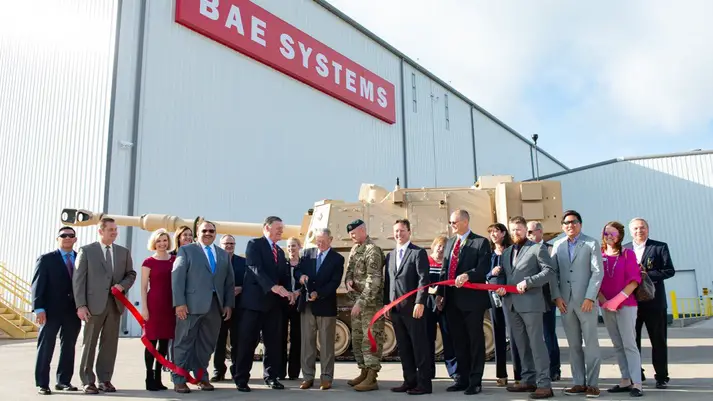The T-14 Armata (industrial designation “Ob’yekt 148”) is a Russian main battle tank based on the Armata Universal Combat Platform. It is the first series-produced next generation tank. Featuring a number of innovative characteristics, the T-14 represents a new generation of Russian main battle tanks. The most significant novelty is an unmanned turret, with the crew of three seated in an armored capsule in the front of the hull. The development of the tank took five years.
The 2A82-1M 125 mm cannon can fire high-powered munitions, including armor-piercing discarding sabot projectiles, guided missiles, shaped-charges and other types of munitions. The Vacuum-1 sabot round, developed for the 2A82-1M gun, has a penetrator that is 900 mm long, and is capable of penetrating 1 m of RHA equivalent at a distance of 2 km. The new controlled-detonation Telnik HE-Frag shell is also available and has entered service. The gun is also capable of firing guided missiles like the 9M119M1 Invar-M which has an effective range of 100 m to 5 km and can also engage low-flying air targets such as helicopters.a feature first implemented on 1960s Soviet tanks, with a new 3UBK21 Sprinter ATGM developed specifically for it. These missiles can be used for air defense.
The secondary armament consists of a 12.7 mm Kord (GRAU index 6P49) machine gun with 300 rounds (not observed during the 2015 parade) and a 7.62 mm Pecheneg PKP (GRAU Index: 6P41) or a PKTM (6P7К) machine gun with 1,000 rounds. All guns are remotely controlled. In addition, another 1,000 rounds can be stored separately. A 12.7 mm machine gun is installed above the turret roof-mounted commander’s sight, which avoids visual obstructions, while the turret front has a peculiar slit that is speculated to be intended for the coaxial 7.62 mm machinegun. The tank’s turret might also be fitted with a 30 mm sub-caliber ranging gun to deal with various targets, including low-flying aerial targets, such as attack planes and helicopters.
The T-14 is powered by a ChTZ 12Ð360 (A-85-3A) diesel engine delivering up to 1,500 hp. The engine’s theoretical maximum power, not normally used, is 2,000 hp, at the cost of radically decreasing its service life, projected min 2,000 hours at nominal 1,500 hp, comparable to other modern tank engines, and up to 10,000 hours at moderated 1,200 hp. The engine is electronically controlled. Operational range is over 500 km.
The T-14 has a 12-speed automatic gearbox, with a top speed of 80–90 kilometres per hour (50–56 mph) and a range of 500 kilometres (310 mi). At least one expert speculated that the transmission might be an electronically controlled mechanical gearbox with external reverse and demultiplier gears, giving the tank equal forward and reverse gear ranges. Other sources suggest a partly or fully hydrostatic transmission. Uniquely for a Soviet/Russian design, the transmission is joined with the engine into a single unit that can be swapped out in the field in just under 30 minutes.
The T-14 can use anti-aircraft missiles. A 30 mm anti-aircraft gun may be installed in the near future along with the 12.7 machine gun.
The Russian Army planned to acquire 2,300 T-14s in the period 2015–2020 but production and fiscal shortfalls will restrict the number built to just 100 by 2020. The first batch of T-14 Armata tanks will be deployed to the Taman division after 2020, tanks will be transferred only after the completion of all state tests.
The T-14’s crew of three is protected by an internal armored capsule with more than 900 mm RHA equivalent, increasing their chance of survival in case of a catastrophic kill. Both the chassis and the turret are equipped with the Malachit dual-explosive reactive armour (ERA) system on the front, sides and the top. The turret’s shape is designed to reduce its radio and thermal signature. The tank uses an integrated, computerized control system which monitors the state and functions of all tank modules. In battle, the software can analyze threats and then either suggest or automatically take actions to eliminate them, while without the external threat it can detect and rectify crew errors. Serial production of the Armata Platform’s ceramic armor components began in mid-2015.
The tank features the Afghanit (Russian: Ðфганит) active protection system (APS), which includes a millimeter-wave radar to detect, track, and intercept incoming anti-tank munitions, both kinetic energy penetrators and tandem-charges. Currently, the maximum speed of the interceptable target is 1,700 m/s (Mach 5.0), with projected future increases of up to 3,000 m/s (Mach 8.8). According to news sources, it protects the tank from all sides, however it is not geared towards shooting upwards to defend against top-attack munitions.
